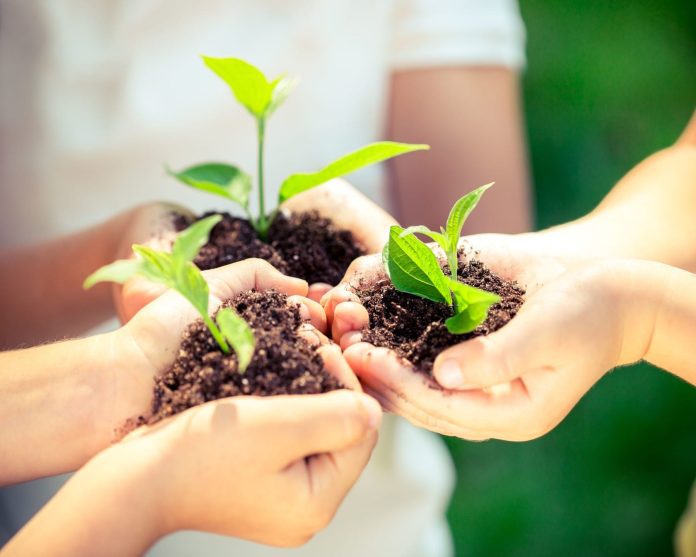New IoT solutions for age-old problems
The increasing capabilities and awareness of the “internet of things” are providing more avenues for companies and organizations to keep the environment safe. Here are use cases of how IoT can help protect and restore our endangered world.
Animal tracking
Global organizations are using IoT tracking technology to protect the world’s most endangered species. GPS-enabled devices can be placed on animals to track their habits and health. Cisco, for example, is using Wi-Fi, local area networks and even LoRa-based connectivity to track the movements of all humans: visitors, staff and anyone else who steps onto endangered rhino reserve grounds. If an unauthorized subject is spotted, a proactive approach can be taken to ensure the safety of protected animals.
https://www.youtube.com/watch?v=rOWW0LwKc0g
Energy management
The smart grid is enabling two-way communication between a user and energy utility, enabling a new level of customer visibility and participation into how much energy they use. Smart buildings and smart homes, like The Edge in Amsterdam, can use IoT to optimize energy usage through smart lighting, connected heating, ventilation and air conditioning systems and increasing the integration of large scale reusable energy initiatives.
Waste management
In 2013, Americans generated about 254 million tons of trash, or 4.6 pounds per person per day, according to the U.S. Environmental Protection Agency. The use of industrial IoT solutions and devices for waste management revolves around two main benefits: determining the best time to collect waste and figuring out what route trucks should follow. These two advantages can reduce the time it takes to address potential waste build-up problems.
Water management
Water management and precision agriculture should almost always be discussed together for a number of reasons. Agriculture is, by far, the biggest user of water in the world. Farmers use 70% of the world’s freshwater, but 60% of it is wasted due to leaky irrigation systems, inefficient applications methods and the cultivation of thirsty crops, according to the World Wildlife Fund. The deployment of sensors and actuators provides farmers with increased visibility over their operation, allowing them to optimize water usage and minimize waste by assessing a number of metrics including temperature, water pressure and quality.
IoT-enabled water management can also be done on a consumer-level with the installation of smart water sensors in homes and apartments. Those devices, combined with data analytics, can give residents more visibility into the amount of water they use, potentially saving money and conserving this precious resource.
Drones for deforestation
Not only have drones been used to prevent and fight forest fires, they are also now part of an initiative started by BioCarbon Engineering to replant 1 billion trees lost from deforestation. Currently, more than 6.5 billion trees are lost each year due to human activities and natural disasters, according to the company. At the United Nations Climate Summit, a commitment was made to restore 350 million hectares of degraded and deforested land by 2030 (estimated to require up to 300 billion trees to be planted).

BioCarbon Engineering is convinced that goal will not be achievable unless alternative techniques are used for planting and maintenance. Their solution is threefold: using precision agriculture techniques to increase uptake rates; deploy automated technology to reduce manpower requirements and cost; and deploy drones to determine mapping patters, landscape design and timing.
Natural disaster detection
The sensing and connectivity elements of IoT are being used together to prevent and mitigate the effects of natural disasters.
Zizmos, a startup that began as a research project at Stanford, uses the internet to connect thousands of sensors to cloud-based servers. Those sensors are detecting motion close to an earthquakes epicenter and transmitting data out to centers that can issue a warning to residents.

AvaTech is another startup with its sights set on using IoT for damage prevention. The company’s SP2 is a pressure-sensing electronic probe designed to detect the levels of resistance required for a user to penetrate the surface of snow-packed ground. That measured level is read almost instantaneously on a liquid crystal display screen and can be used to determine the likelihood of an avalanche.

